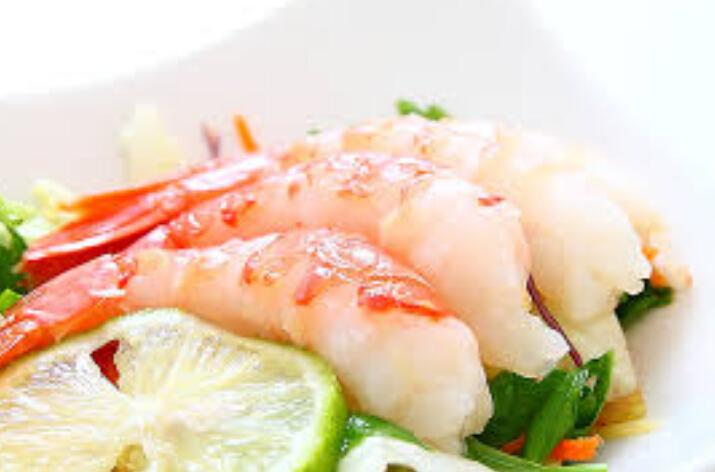
(File Photo)
A Chinese man surnamed Tan sued a supermarket in Guangzhou, where he bought fourboxes of Argentine red shrimp, for selling unsafe food. He required a refund of 1,272 yuanfor the four boxes of shrimps and 12,720 yuan, 10 times the purchase price ascompensation.
The first instance court supported Mr. Tan’s claims.
However, the supermarket refused to accept the verdict and appealed to the GuangzhouIntermediate People's Court. It argued that the Argentine red shrimps belong to theclassification of agricultural products instead of food.Food safety regulations cannot beapplied to agriculture products.
Mr. Tan bought four boxes of "Argentine red shrimp", at a price of 318 yuan for each boxon Sept. 6, 2014. In total, Tan spent 1,272 yuan.
When he cooked the shrimp for his family at home, Tan found that there is no Chinese labelon the package of the shrimps. Tan thought these shrimps clearly do not meet the foodsafety law and standards of China. Therefore, he decided to sue the supermarket for sellingunsafe food.
He asked for a refund and a compensation of 10 times of the purchase price according tothe law.
After hearing the case, the Guangzhou Intermediate People's Court ruled that thesupermarket refund Mr. Tan and pay for his compensation.
According to law, Chinese specific label, nutrition test reports, business license of importer,distributors or their Chinese agents and other evidence material are necessary forprepackaged foods to go through Chinese Customs.
Yu Mingyong, vice president of the Guangzhou Intermediate People’s Court said that inChina, pre-packaged food products are subject to many regulations and national standards.Compliant food labels are very important for customs inspection and clearance when itcomes to imported food products, thus the court rejected the appeal and upheld theconviction.
Background information:
Food Safety Law of The PRC (2015)
Section 3: Labels, Instructions and Advertisements
Article 67
Pre-packaged food shall be labeled on its packaging. The label shall indicate the followingmatters:
(1) Name, specification, net content, and date of production;
(2) Table of ingredients or components;
(3) Producer name, address and contact information;
(4) Shelf life;
(5) Product standards code;
(6) Storage requirements;
(7) Generic name of the food additives as used in the national standard;
(8) Production License Number; and
(9) Other matters that laws, regulations or food safety standards provide shall beindicated.
